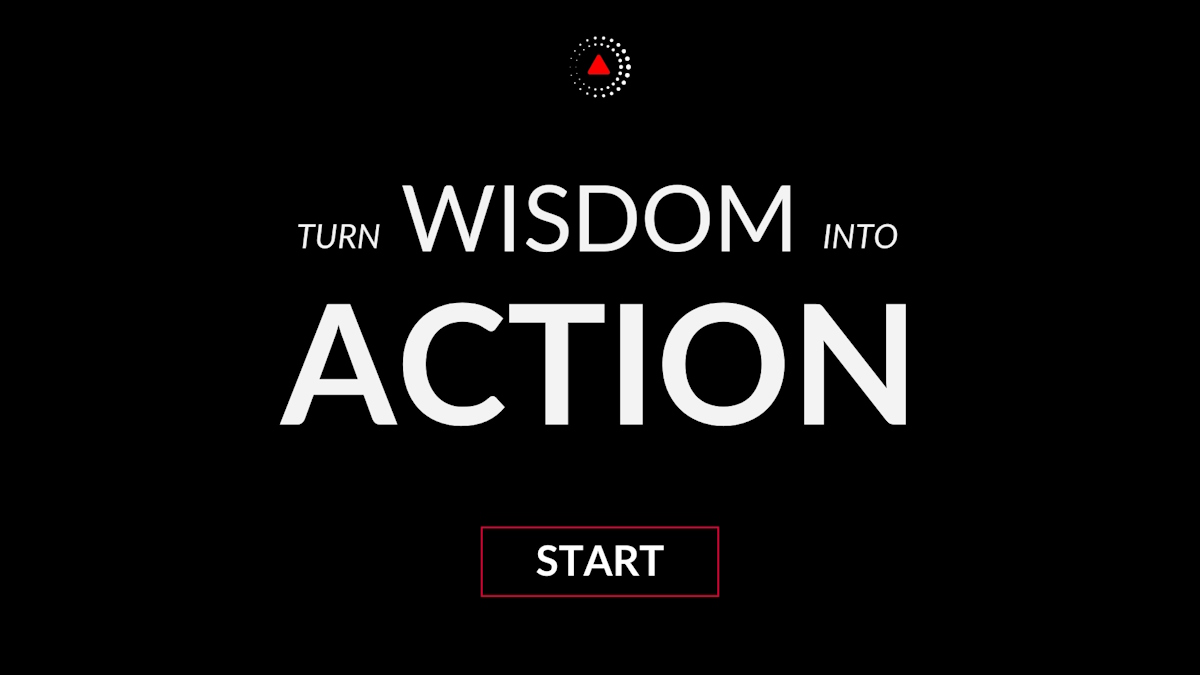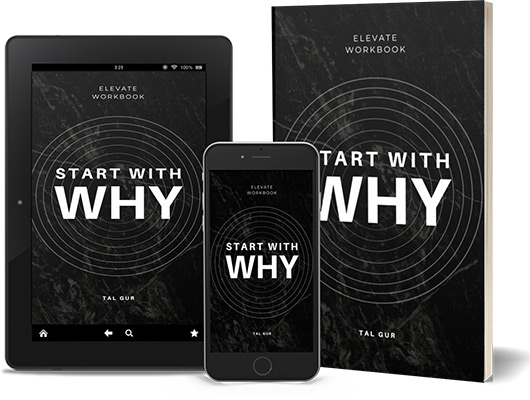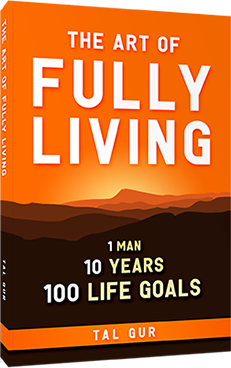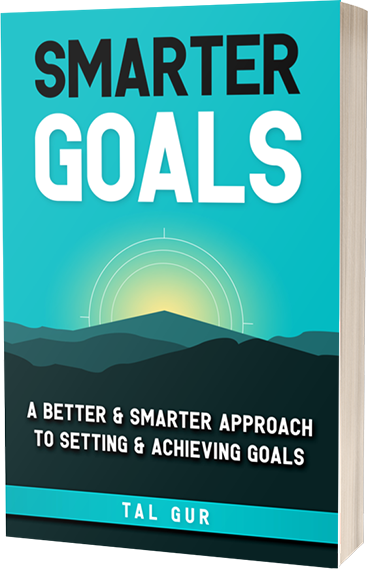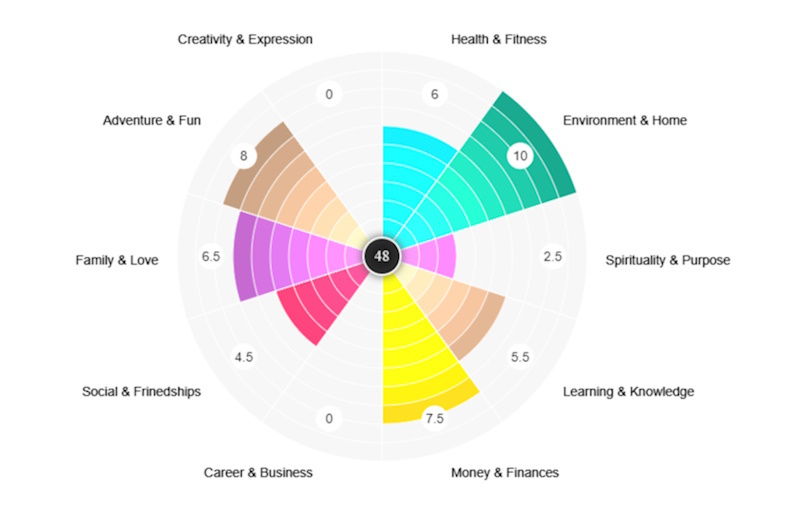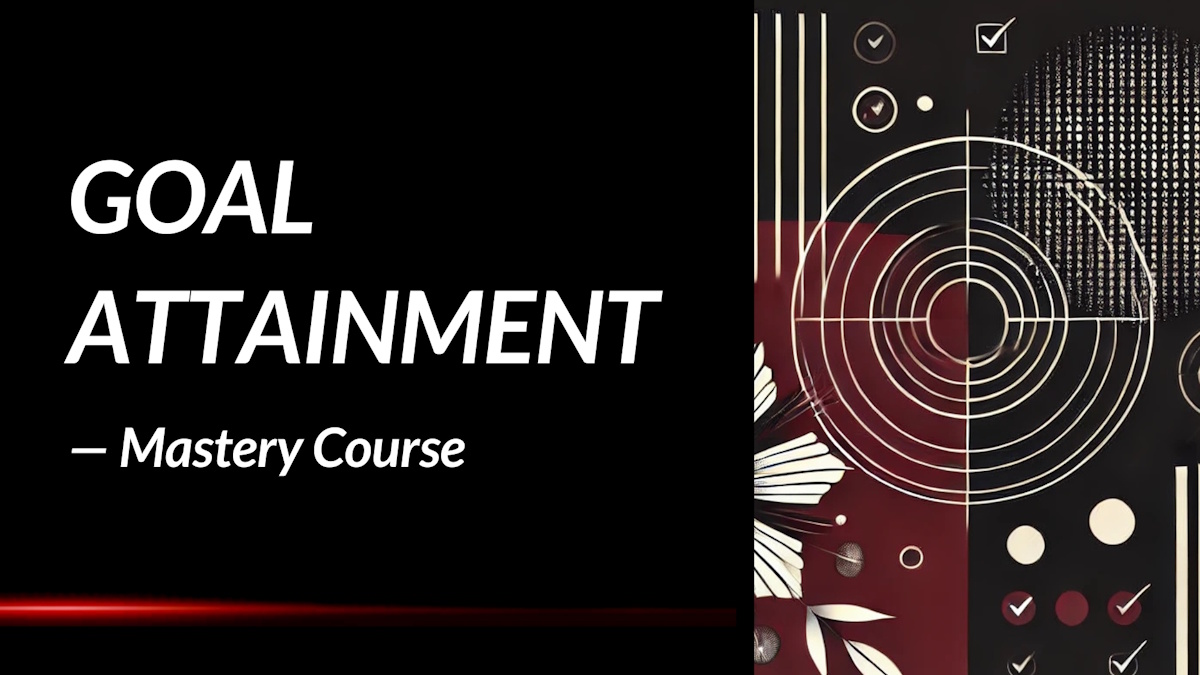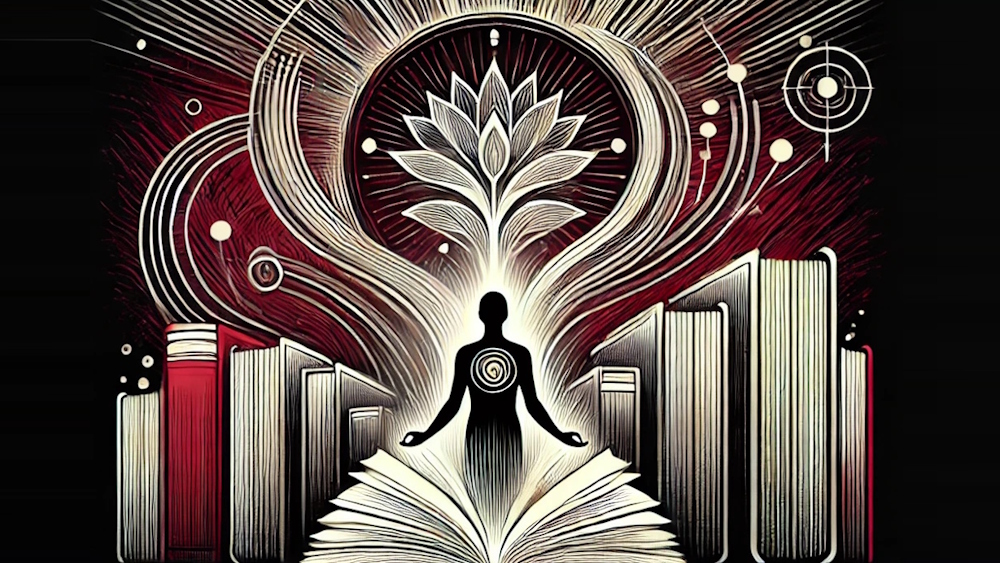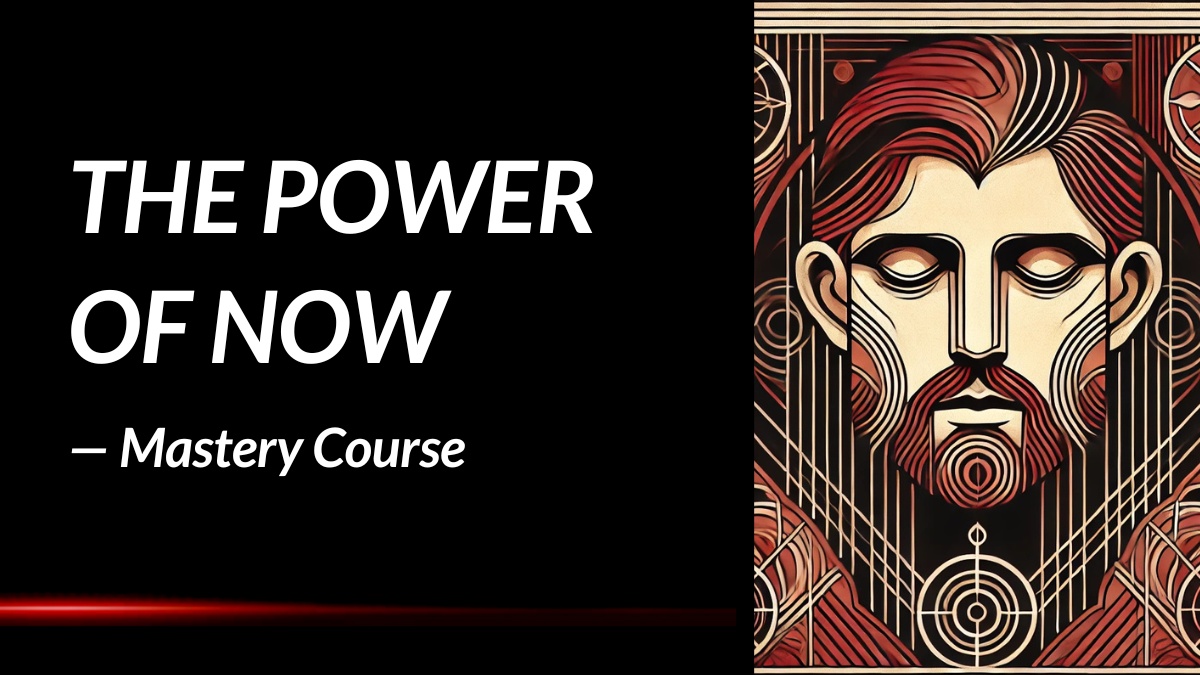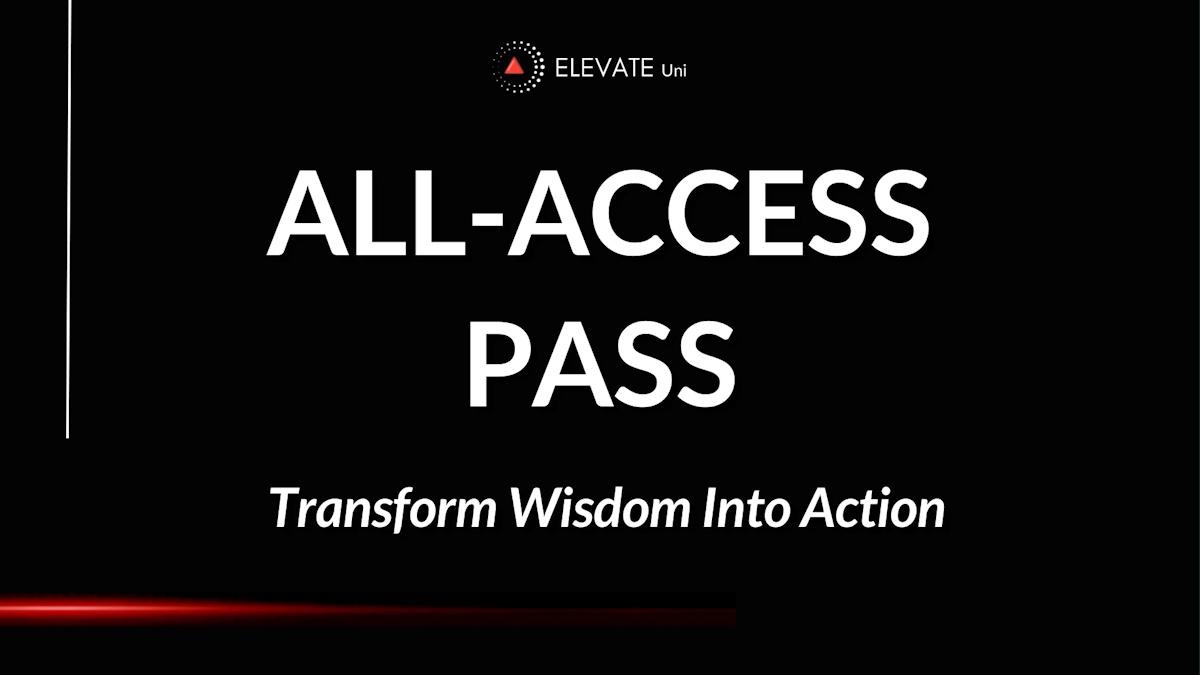Emotions are not just feelings; they are signals.
Imagine you're trekking through an ancient, whispering forest, a tapestry of greens and earthy browns stretching as far as the eye can see. Your body tunes into the natural symphony around you: the rustle of leaves, the distant bird calls, the soft murmur of a nearby stream. This experience, rich and immersive, isn't just about the feelings that wash over you; it's a conversation between you and the forest. Your emotions in this moment are like the forest's way of signaling the deep connection you share with nature, guiding you to where you feel most at peace, most alive.
This is much like how our emotions function in the tapestry of our lives. They're not mere feelings; rather, they are signals, intricate messages from the depths of our being, designed to guide us, protect us, and help us navigate through life's complex wilderness. When we're happy, it's a signal that something is right, that we're in harmony with our surroundings, much like finding a clear, sunlit path in the forest. When we feel fear, it's a warning, a nudge to be cautious, as if we've heard a rustle in the bushes and we're on alert for potential danger.
But, here's the thing: just as a seasoned hiker learns to read the signs of the forest to avoid getting lost, we too must learn to interpret our emotional signals. It's not just about feeling happy, sad, angry, or afraid; it's about understanding why we feel these emotions and what they're trying to tell us about our environment, our relationships, and ourselves.
Let's delve a bit deeper. Consider anger, a fire that can both warm and destroy. Anger might be signaling a boundary has been crossed, or an injustice has been felt. Rather than letting the fire rage uncontrolled, causing destruction, we can use it to signal that something needs to change, much like how a controlled burn in a forest can prevent larger wildfires and promote new growth.
Similarly, sadness is not just a feeling of sorrow; it's a signal that we've lost something important, a nudge to slow down, reflect, and heal. It's the rain that nourishes the forest, allowing for growth and renewal, even if it makes our path a bit muddy for a while.
Happiness, on the other hand, is the sunlight filtering through the trees, a signal that we're on the right path, encouraging us to keep going, to soak in the warmth and let it guide us forward.
But how do we become adept at reading these signals? Much like the hiker learns to navigate the forest, we must practice. We must be present with our emotions, giving them space to speak to us, and then listen—really listen—to what they're trying to say. It's about asking ourselves, "Why am I feeling this way?" and being open to the answers, no matter how unexpected.
It's also about balance. Just as a forest thrives on a balance between sun and rain, warmth and cold, growth and decay, our emotional well-being depends on a balance of joy, sadness, anger, fear, and love. Embracing this balance allows us to navigate life's challenges with resilience and grace, to grow and to thrive.
And so, as we journey through the forest of our lives, let's remember to tune into the signals our emotions are sending us. They are our most natural, innate guidance system, leading us toward a life of fulfillment, balance, and deep connection with ourselves and the world around us.
Now, I invite you to pause and reflect: What emotion have you been feeling most strongly lately? What might it be signaling to you about your needs, your boundaries, or your path in life?
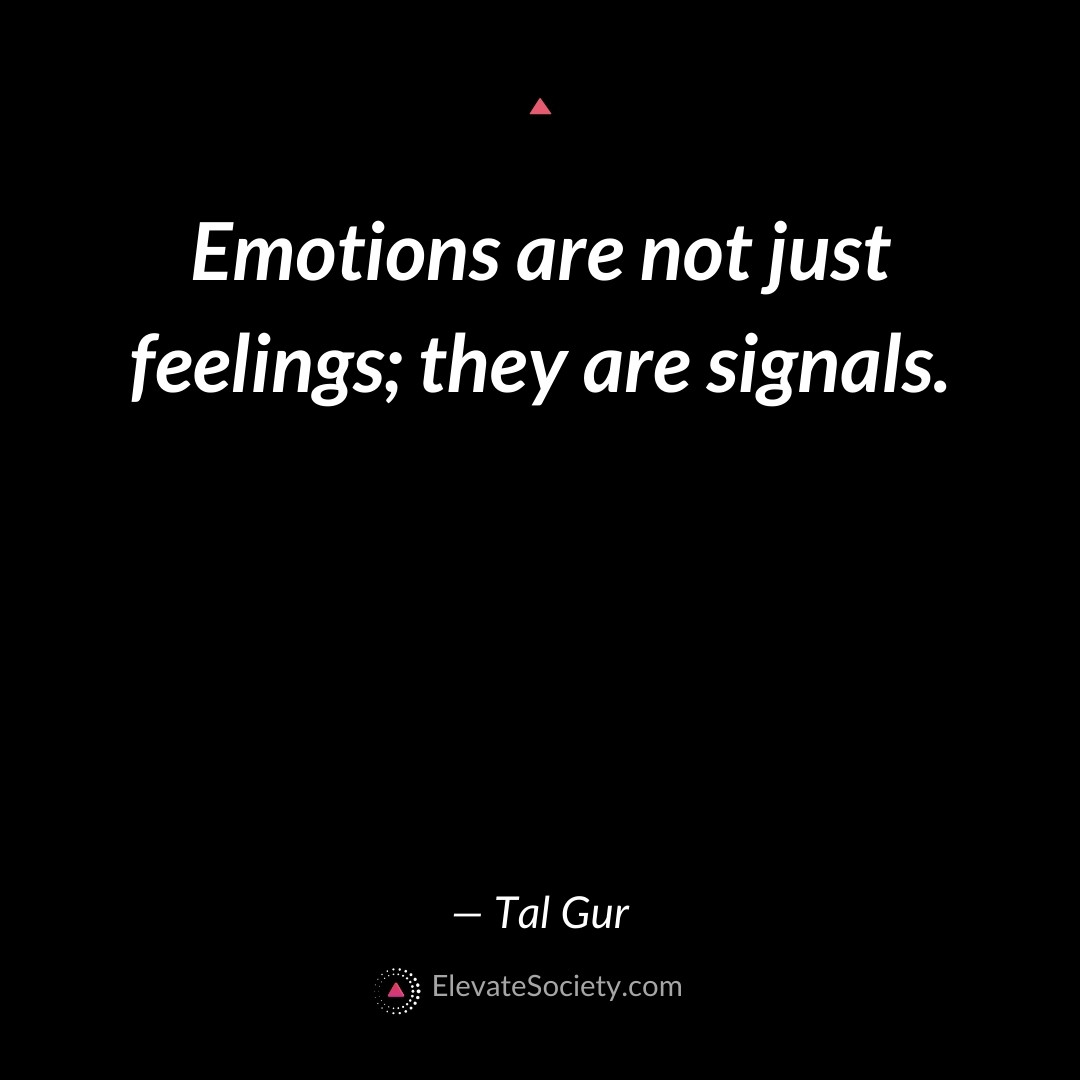
Chief Editor
 Tal Gur is an author, founder, and impact-driven entrepreneur at heart. After trading his daily grind for a life of his own daring design, he spent a decade pursuing 100 major life goals around the globe. His journey and most recent book, The Art of Fully Living, has led him to found Elevate Society.
Tal Gur is an author, founder, and impact-driven entrepreneur at heart. After trading his daily grind for a life of his own daring design, he spent a decade pursuing 100 major life goals around the globe. His journey and most recent book, The Art of Fully Living, has led him to found Elevate Society.




